$8.00
1′-2.5′ Native Perennial. Blooms from late Spring until Fall. Attracts oil bees which only feed on Lysimachia sps. Overwinters as brilliantly hued rosette. Spreads by seeds and short stolons. Used medicinally. Plant in shade to part shade. Average to wet soil. Tolerates seasonal flooding. Acid to circumneutral soil. It is pollinated by oil bees that only feed on Lysimachia. Hardy Zones 4-9. Native to most of Eastern and Central US and Canada. We propagated our plants from a native population in Screven Co., GA. We have been growing it since 2016. First in Southeastern US?
Description
http://http://www.illinoiswildflowers.info/wetland/plants/fr_loosestrife.htm
http://http://www.voyageurcountry.com/htmls/floweringplants/plants/loosestrifefringed.html
Plant Lore:
The cooked leaves of this plant are said to be edible. Medicinally this plant is largely astringent with some diaphoretic (promoting sweating and perspiration) and emetic (causing vomiting) properties. The live plant is said to repel gnats and flies. Some people will use a smudge fire of this plant as an effective repellant for flies during the summer.
Medicinally, it has astringent (contracting), expectorant and emollient properties and it is used primarily as a treatment for ailments related to the digestive system, such as diarrhea and dysentery.
Native Distribution: Que. to B.C., s. to FL, TX & CO. USA: AK, AL, AR, CO, CT, DC, DE, FL, GA, IA, ID, IL, IN, KS, KY, MA, MD, ME, MI, MN, MO, MS, MT, NC, ND, NE, NH, NJ, NM, NY, OH, OK, OR, PA, RI, SC, SD, TN, UT, VA, VT, WA, WI, WV, WY. Canada: AB, BC, MB, NB, NS, NU, ON, PE, QC, SK
Our plants grow up to 2′ tall in the containers, but to save on your shipping, we will cut them back to the best size for shipping.
As far as I know, we are the first nursery below the Mason-Dixon line to offer Fringed Loosestrife for sale.
Faunal Associations: The floral oil and pollen of the flowers attract the Melittid bee, Macropis steironematis. This bee is a specialist visitor (oligolege) of Lysimachia spp. It collects the floral oil and pollen for its larvae. In addition, the Halictid bee Lasioglossum versatus has been observed collecting pollen from the flowers of Fringed Loosestrife. Insects that feed destructively on various parts of Fringed Loosestrife and other Lysimachia spp. include the leafhopper Rossmoneura carbonata, larvae of the sawfly Monostegia abdominalis, larvae of Dasineura lysimachiae (Loosestrife Bud Gall Midge), larvae of the moth Nola cilicoides (Blurry-Patched Nola), and leaf-mining larvae of the moth Phyllonorycter lysimachiaeella. Many of these insects are oligophagous. Little appears to be known about this wildflower’s relationships with birds and mammals.
from wiki The genus is named in honor of Lysimachus, a king of ancient Sicily, who is said to have calmed a mad ox by feeding it a member of the genus.[5]
closest other pops..Berkeley and Aiken.
Additional information
| Weight | 0.33 kg |
|---|---|
| Dimensions | 3.5 × 3.5 × 5.5 in |
| Size | 3.5" pot |


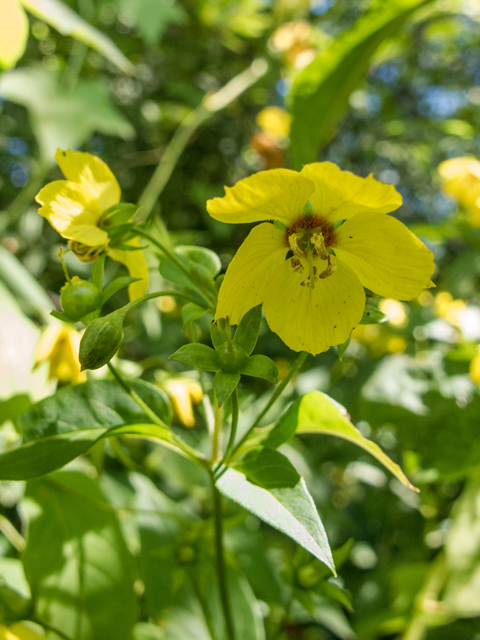


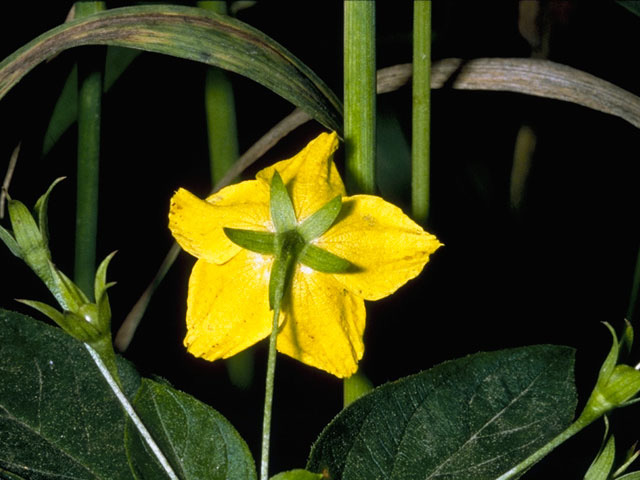

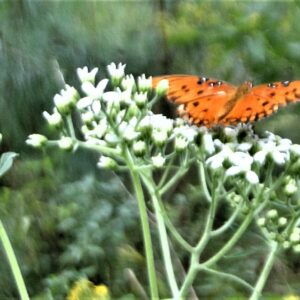
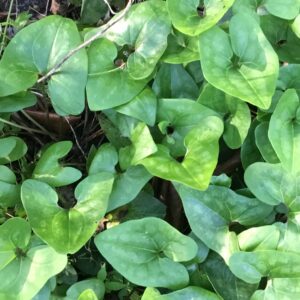
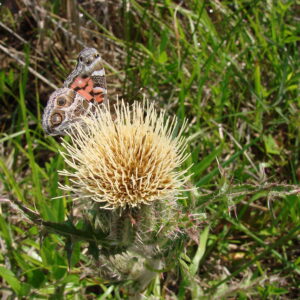
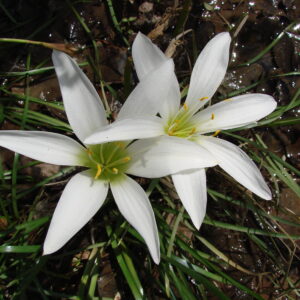
Reviews
There are no reviews yet.